Expansion of Industrial Applications
The Vacuum Evaporator Market is experiencing growth due to the expansion of its applications across various industrial sectors. Industries such as pharmaceuticals, food processing, and chemical manufacturing are increasingly utilizing vacuum evaporators for their ability to concentrate solutions and recover valuable materials. For instance, in the pharmaceutical sector, vacuum evaporators are employed to concentrate active ingredients, thereby enhancing product quality and reducing processing time. The market is expected to witness a surge in demand as more industries recognize the efficiency and cost-effectiveness of vacuum evaporation technology. This trend is likely to be supported by advancements in evaporator design and technology, which enhance performance and reduce operational costs. As a result, the market is anticipated to grow significantly, driven by the diverse applications of vacuum evaporators in various sectors.
Increasing Focus on Energy Efficiency
The growing emphasis on energy efficiency is a significant driver for the Vacuum Evaporator Market. As energy costs continue to rise, industries are seeking solutions that not only reduce energy consumption but also enhance productivity. Vacuum evaporators are known for their ability to operate at lower temperatures, which minimizes energy usage while maintaining effective evaporation rates. This characteristic makes them particularly appealing to sectors that are energy-intensive, such as chemical processing and food production. The market is likely to benefit from the increasing adoption of energy-efficient technologies, as companies aim to lower their carbon footprint and operational costs. Furthermore, government initiatives promoting energy efficiency in industrial processes are expected to further stimulate demand for vacuum evaporators, positioning them as a key component in sustainable manufacturing practices.
Rising Demand for Water Treatment Solutions
The increasing need for effective water treatment solutions is a primary driver for the Vacuum Evaporator Market. As industries face stringent regulations regarding wastewater management, the demand for vacuum evaporators, which efficiently concentrate and treat wastewater, is on the rise. The market is projected to grow at a compound annual growth rate of approximately 6.5% over the next five years. This growth is largely attributed to the need for sustainable practices in various sectors, including pharmaceuticals, food and beverage, and chemical manufacturing. Vacuum evaporators provide a viable solution for reducing water usage and minimizing environmental impact, thus aligning with global sustainability goals. As industries seek to comply with environmental regulations, the adoption of vacuum evaporators is likely to increase, further propelling the market forward.
Regulatory Compliance and Environmental Concerns
Regulatory compliance and growing environmental concerns are pivotal factors influencing the Vacuum Evaporator Market. As governments worldwide implement stricter regulations regarding waste management and emissions, industries are compelled to adopt technologies that facilitate compliance. Vacuum evaporators offer an effective solution for treating and concentrating wastewater, thereby reducing the environmental impact of industrial processes. The increasing awareness of environmental sustainability among consumers and stakeholders is driving companies to invest in technologies that align with eco-friendly practices. This trend is likely to result in heightened demand for vacuum evaporators, as they not only help in meeting regulatory requirements but also contribute to corporate social responsibility initiatives. The market is expected to expand as more industries recognize the importance of sustainable practices in their operations.
Technological Innovations in Evaporation Processes
Technological innovations play a crucial role in driving the Vacuum Evaporator Market. Recent advancements in evaporation technology, such as the development of more efficient heat exchangers and automation in control systems, have improved the performance and reliability of vacuum evaporators. These innovations not only enhance energy efficiency but also reduce operational costs, making vacuum evaporators more attractive to industries. The integration of smart technologies, such as IoT and AI, is also transforming the way vacuum evaporators operate, allowing for real-time monitoring and optimization of processes. As industries strive for greater efficiency and sustainability, the adoption of these advanced technologies is likely to accelerate, further boosting the market. The ongoing research and development efforts in evaporation technology suggest a promising future for the vacuum evaporator market.


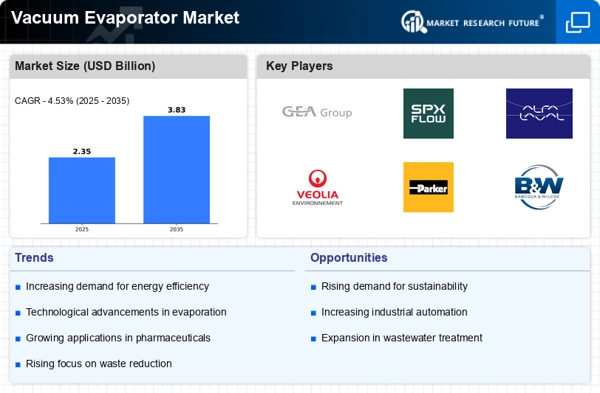
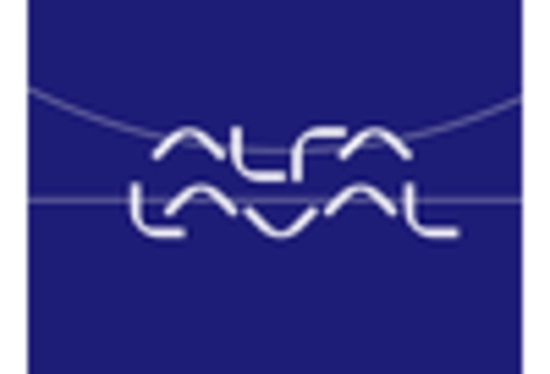
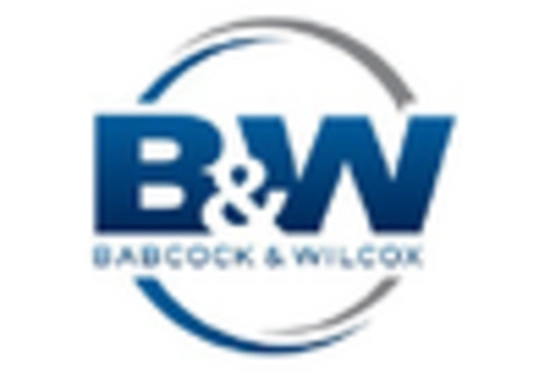
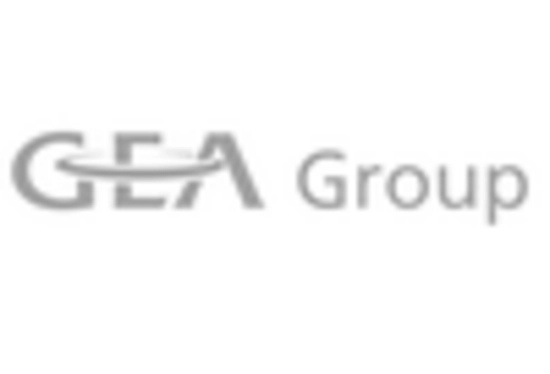

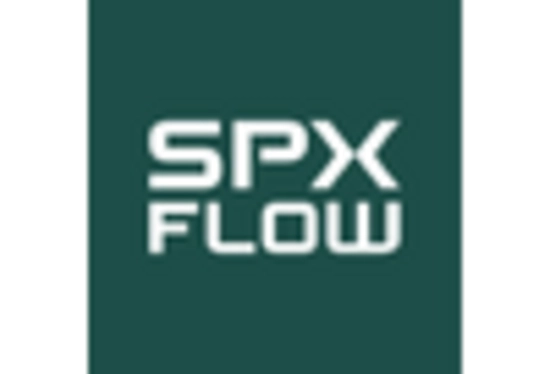
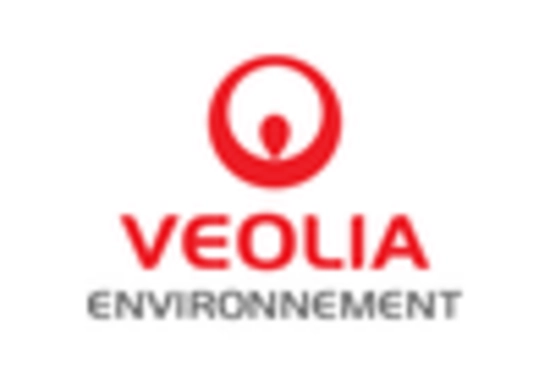








Leave a Comment